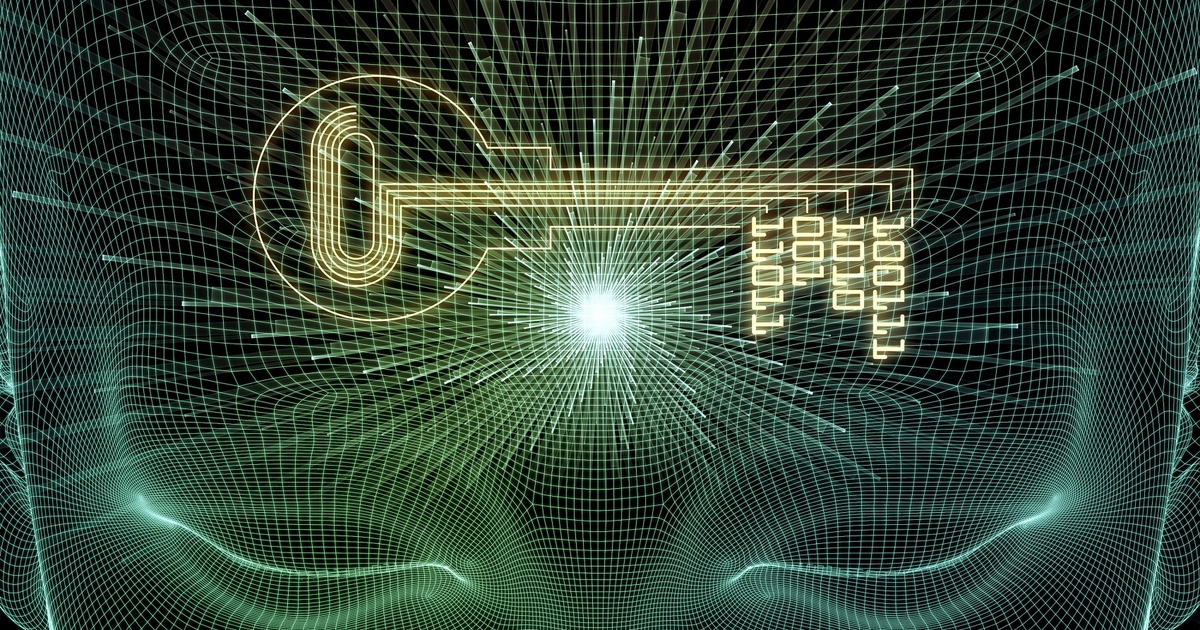Has it been over a year already?
ChatGPT became available to the public on November 30, 2022, quickly gaining popularity and causing a stir in Silicon Valley and Wall Street.
The introduction of ChatGPT marked a significant milestone in the realm of conversational artificial intelligence, showcasing its ability to interpret user prompts and generate human-like responses effectively.
The widespread adoption of ChatGPT underscored AI’s transformative impact, ushering in new business paradigms and reshaping operations across various industries.
While AI is revolutionizing sectors like cybersecurity, it also presents a dual-edged sword for the industry, empowering both malicious actors and defenders to leverage AI capabilities in enhancing their tactics.
As we approach the second anniversary of ChatGPT’s launch, it’s imperative to delve deeper into the ways AI is reshaping the security landscape, emphasizing the pivotal role AI plays in modern security practices.
Here are the top five observations we’ve identified:
1. Emergence of AI-Powered “Attack Tools”
The early applications of AI in cybercrime have introduced potent tools such as sophisticated phishing emails, voice and image manipulation, and deepfake scams. These AI-driven tactics enable hackers to craft more convincing and elusive attacks, posing a significant challenge to traditional defense mechanisms.
Moreover, the rise of AI-powered hacking services, exemplified by tools like WormGPET, available on the dark web, has lowered the barrier to entry for launching sophisticated cyberattacks, amplifying the threat landscape.
The proliferation of AI-driven hacking tools signifies a paradigm shift in cybersecurity, as threat actors leverage evolving AI technologies to circumvent conventional security measures.
2. Embracing AI for Enhanced Defense
Organizations are increasingly integrating AI technologies, including machine learning algorithms and natural language processing, into their cybersecurity frameworks to bolster their defense strategies. By complementing traditional security tools with AI-driven solutions, businesses can proactively identify and mitigate emerging threats.
The asymmetric advantage lies with defenders, who possess a wealth of data and insights to train AI models for threat detection and response, outmatching adversaries in the cybersecurity arms race.
Staying abreast of AI advancements and investing in robust systems are imperative for organizations to effectively combat evolving cyber threats and safeguard their digital assets.
3. Automation Reshaping Security Operations
AI-driven automation is gradually transforming Security Operations Centers (SOCs), streamlining routine tasks and augmenting human analysts’ capabilities.
Similar to the evolution of manufacturing from manual labor to robotic automation, modern SOCs are witnessing a shift towards AI-driven monitoring and threat detection across diverse digital assets. This transition not only enhances operational efficiency but also addresses the persistent skills shortage in the cybersecurity domain.
By leveraging AI-powered tools for real-time monitoring and anomaly detection, organizations can fortify their security posture and respond swiftly to emerging threats.
4. Integration through Conceptual AI
AI technology offers a pathway to dismantle security silos by aggregating disparate data sources and providing cohesive insights into an organization’s security landscape.
Conceptual AI facilitates the consolidation of diverse datasets, offering comprehensive views and actionable intelligence to bolster an organization’s security posture. With generative AI capabilities, extracting valuable insights and recommendations becomes seamless, enabling organizations to make informed decisions and mitigate risks effectively.
The integration of AI-driven insights revolutionizes security operations by fostering a holistic approach to threat detection and response.
5. Paradigm Shift in Data Management
The advent of Conceptual AI is reshaping traditional data management practices, challenging conventional data storage paradigms.
In the post-AI era, data management transcends conventional segmentation and organization, as AI-driven systems streamline data retrieval and contextualization processes. This shift towards dynamic and adaptive data management mirrors the efficiency of AI-driven processes in optimizing resource allocation and operational workflows.
As AI redefines data management practices, organizations are poised to experience significant transformations in how they store, access, and leverage data, revolutionizing cybersecurity practices and enhancing overall security resilience.
The rapid evolution of AI technology, exemplified by the widespread adoption of ChatGPT, underscores the imperative for organizations to embrace AI-driven solutions to fortify their security posture and mitigate evolving cyber threats effectively.
Given the projected surge in cybercrime costs, propelled by AI-driven tactics, organizations must proactively leverage AI technologies to safeguard their digital assets and mitigate potential risks effectively.






